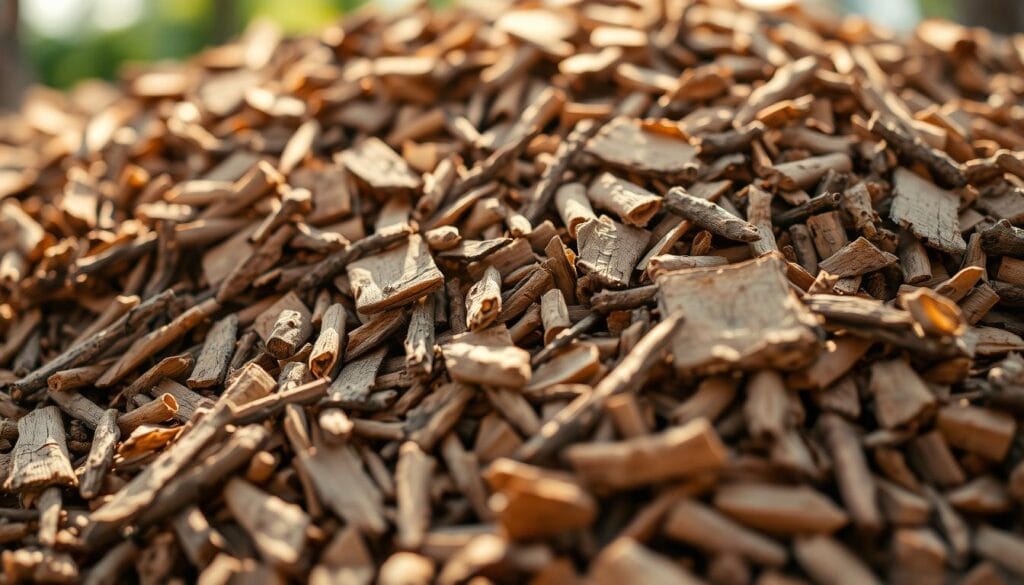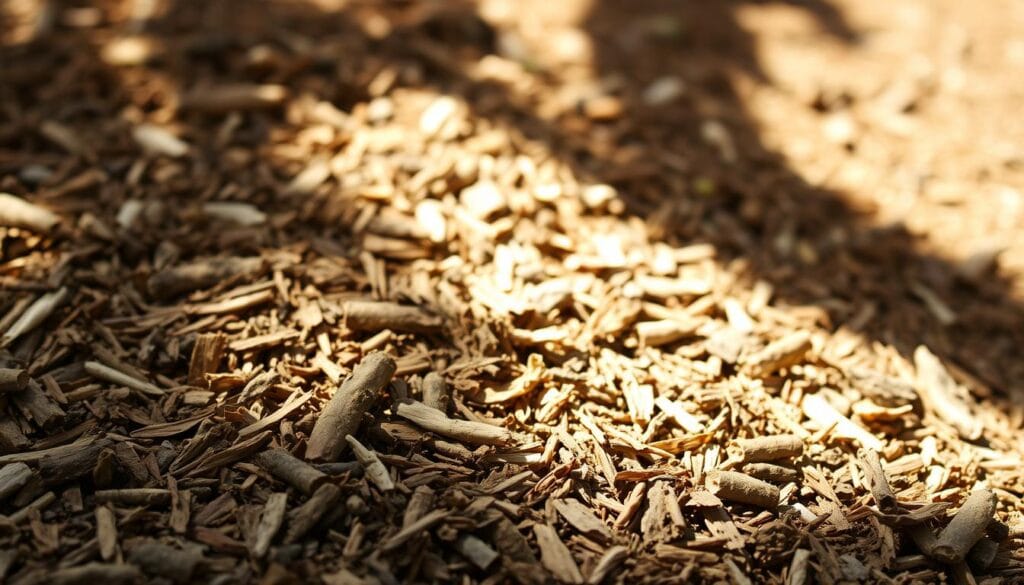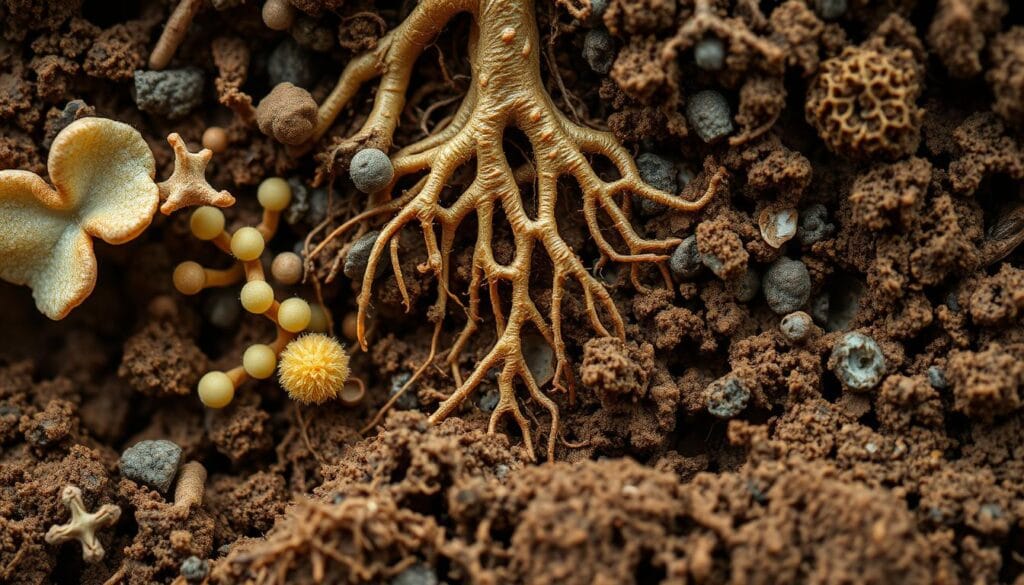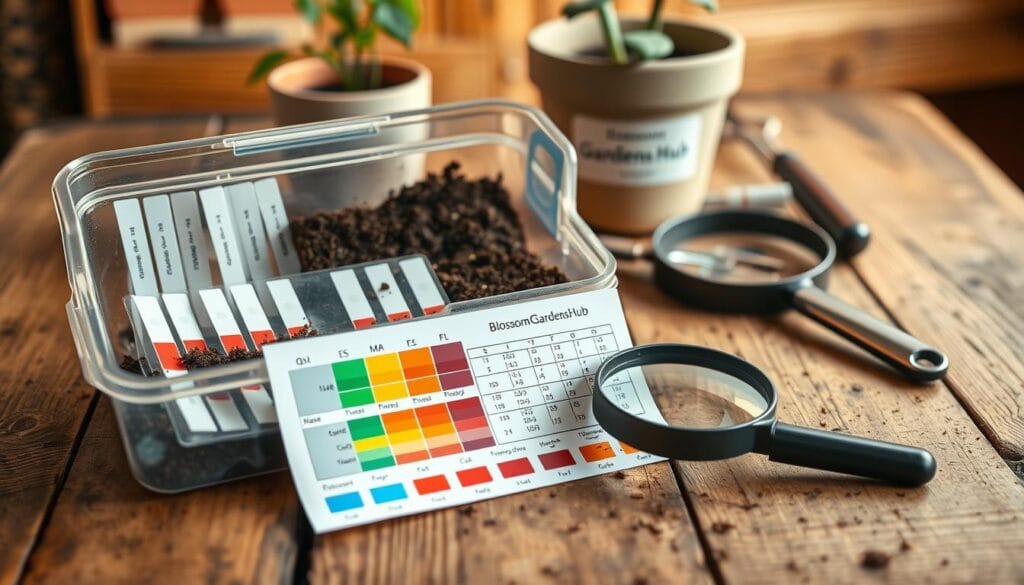Have you ever knelt in your garden, fingers brushing against lifeless dirt, wishing it could burst with the energy your plants deserve? I’ve been there too. The secret lies not in synthetic shortcuts but in organic soil enrichment nurturing the ground beneath your feet with nature’s own building blocks. Healthy soil isn’t just dirt it’s a living, breathing foundation that feeds roots, retains moisture, and unlocks nutrients for vibrant blooms and hearty vegetables.
Organic soil enrichment begins by adding natural materials like compost or aged manure, transforming your garden into a thriving ecosystem. These elements break down over time, creating a rich environment where beneficial microbes and earthworms flourish. Studies show that gardens with 5-10% organic matter see up to 50% better yields, thanks to improved water retention and nutrient availability.
Imagine your tomatoes growing plump without chemical fertilizers or your roses blooming brighter with fewer pests. This isn’t a fantasy—it’s what happens when you embrace organic soil enrichment and work with nature instead of against it. Let’s explore how simple, earth-friendly practices can revive your garden from the ground up.
Key Takeaways
- Natural materials like compost and manure improve soil structure and support plant growth.
- Aim for 5-10% organic matter content to maximize water retention and nutrient distribution.
- Healthy soil fosters beneficial organisms, reducing reliance on synthetic additives.
- Properly enriched earth leads to stronger root systems and higher crop yields.
- Simple practices, such as layering plant-based waste, create sustainable long-term results.
Understanding Organic Soil Enrichment
Picture your garden thriving without synthetic additives—every plant drawing strength from the earth beneath it. This balance starts with natural materials that feed the ground slowly and steadily. When you add decomposed matter, you’re not just feeding plants today. You’re building a foundation for years of growth.
Benefits of Adding Organic Matter
Natural inputs like fallen leaves or vegetable peels break down over weeks. As they decompose, they release nitrogen and other essential nutrients directly to roots. This creates a buffet for earthworms and microbes, which aerate the ground while recycling minerals.
Improved moisture retention is another perk. Loose, crumbly earth holds 20% more water than compacted dirt. That means less frequent watering during dry spells. Your plants stay hydrated even when rain is scarce.
Timing matters. Mix shredded leaves into beds during fall so they integrate by spring. For kitchen scraps, bury them shallowly to speed up decomposition. This method prevents nutrient loss and keeps your garden’s ecosystem active year-round.
By working with nature’s timeline, you create a self-sustaining environment. Plants grow stronger, pests stay at bay, and harvests become more abundant—all without harsh chemicals.
Exploring Natural Soil Amendments
What if your garden could feed itself without relying on store-bought solutions? Natural amendments work like slow-release vitamins, delivering nutrients while improving structure. Each option offers unique benefits—some boost immediate growth, while others build resilience over seasons.

Compost, Manure, and Mulch Options
Finished compost acts as an all-in-one buffet for plants. It adds balanced nutrients and helps retain moisture. Animal manure packs a faster punch but requires aging to avoid burning roots. A local farmer’s market often sells pre-composted options.
Mulch—like straw or shredded leaves—protects against erosion. It also suppresses weeds while breaking down into organic content. For best results, layer it 2-3 inches thick around plants.
Biochar and Wood Chips as Alternatives
Biochar, a charcoal-like material, locks carbon into the earth for centuries. Studies show it increases water retention by up to 18% in sandy areas. Pair it with compost to maximize microbial activity.
Wood chips decompose slowly, making them ideal for pathways or perennial beds. They gradually release minerals and improve airflow. One gardener reported doubling carrot yields after mixing chips into clay-heavy ground.
Before choosing amendments, conduct a soil test. This reveals pH levels and nutrient gaps. “A soil test takes the guesswork out of gardening,” notes Oregon State University horticulturist Gail Langellotto. Tailor your approach based on whether your plot needs quick fixes or long-term organic matter buildup.
Organic Soil Enrichment Methods
Your garden’s potential lies dormant until you awaken it with the right blend of natural ingredients. Let’s break down a practical approach to breathe life into tired earth using materials you might already have at home.
Step-by-Step Approach to Revitalize Your Garden Soil
Start by spreading 2 inches of homemade compost over your beds. Work it into the top 6 inches using a garden fork. This introduces beneficial microbes while improving drainage. For clay-heavy areas, mix in shredded wood chips to boost airflow.
Layer materials strategically during fall. Alternate kitchen scraps with dried leaves in a 1:3 ratio. Cover with straw to retain heat and speed decomposition. By spring, these layers break down into nutrient-rich humus.
When using manure, choose aged varieties from herbivores like cows or rabbits. Fresh options can harm plants—always let them cure for 4-6 months. Spread a thin layer (½ inch) before planting to avoid nitrogen overload.
Combine different amendments for balanced results. Try this mix for vegetable beds:
- 60% compost
- 20% rotted leaves
- 15% coarse sand
- 5% bone meal
Test pH annually using affordable kits from garden centers. Most plants thrive in slightly acidic conditions (6.0-6.8). If needed, add lime gradually—no more than 5 pounds per 100 square feet per season.
“Layering organic amendments mimics natural forest floor processes,” explains USDA agronomist Dr. Ellen Mallory. “This builds resilience against droughts and pests over time.”
Keep compost piles moist but not soggy, and turn them weekly. Cover with breathable fabric to prevent nutrient loss from rain. Within months, you’ll create black gold that transforms struggling plants into thriving ecosystems.
Creating a Nutrient-Rich Garden Environment
What do your autumn leaves, coffee grounds, and lawn trimmings have in common? They’re free ingredients for building a powerhouse garden. Transform these everyday materials into tools that feed plants, lock in moisture, and create ideal growing conditions.

Utilizing Leaves, Grass Clippings, and Kitchen Scraps
Shred fallen leaves with a mower and spread them 3 inches thick around plants. This layer acts as a natural mulch, reducing water evaporation by up to 25%. Mix grass clippings with dried straw to prevent matting—this combo releases nitrogen slowly as it breaks down.
Bury vegetable peels 6 inches deep in planting holes. They decompose quickly, feeding roots while improving drainage. For clay-heavy areas, blend one part sand with three parts compost. This creates air pockets without drying out the ground.
| Material | Key Benefit | Best Use |
|---|---|---|
| Leaves | Moisture retention | Winter mulch layer |
| Grass clippings | Nitrogen boost | Mixed into compost |
| Wood chips | Weed suppression | Pathways & perennial beds |
| Sand | Drainage improvement | Clay soil mixes |
Rotate materials seasonally. Use fresh grass clippings in spring for a nitrogen kickstart. Switch to wood chips in summer to maintain consistent moisture. Come fall, pile leaves around tender plants as insulation.
“Layering different materials creates a buffet for earthworms,” says Maryland gardener Luis Rivera. “They’ll till the ground for you while recycling nutrients.” This approach keeps your garden thriving without synthetic additives.
The Science Behind Organic Matter and Soil Health
Have you ever wondered what transforms dead leaves into life-giving nutrients? Beneath your feet, trillions of microbes work like microscopic chefs, breaking down organic waste into plant-ready meals. This hidden ecosystem determines whether your garden thrives or merely survives.

Understanding Microbial Activity and Soil Structure
Beneficial bacteria and fungi bind soil particles into crumbly aggregates. These tiny clumps create air pockets that let roots breathe and water penetrate. When you add grass clippings or vegetable scraps, microbial populations can double within 48 hours.
Woodland phlox offers a perfect example. Its delicate purple blooms flourish in earth rich with decaying plant matter. The phlox’s shallow roots absorb nutrients released by fungi breaking down leaf litter—a process called nutrient cycling.
How Nutrients Are Slowly Released in the Soil
High-quality compost acts like a time-release capsule. As microorganisms digest organic content, they convert locked-up minerals into forms plants can use. A soil test often reveals higher phosphorus levels in beds amended with kitchen waste compared to untreated areas.
Consider this decomposition timeline:
| Material | Breakdown Speed | Key Nutrient |
|---|---|---|
| Grass clippings | 2-4 weeks | Nitrogen |
| Wood chips | 6-12 months | Potassium |
| Eggshells | 1-2 years | Calcium |
“Microbes need carbon and nitrogen in a 30:1 ratio for optimal activity,” notes a University of Vermont study. Mix green materials like fresh grass with brown matter like dried leaves to maintain this balance. Test your beds annually—healthy microbial content often correlates with phlox growth and tomato yields.
By understanding these processes, you transform waste into wealth. Your garden becomes a self-fertilizing system where quality structure supports thriving plants season after season.
Practical Steps for a DIY Soil Test
Knowing your garden’s hidden needs starts with simple detective work. A basic test reveals what’s missing beneath the surface and guides your amendment choices. Let’s walk through how to gather clues about your plot’s health.

Interpreting Test Results for Better Amendments
Start by collecting samples from 4-6 areas using a clean trowel. Mix them in a bucket and let the soil dry. For texture analysis, shake a jar filled halfway with dirt and water. After 24 hours, clay forms the top layer—if it’s over 40%, your ground needs drainage help.
Use vinegar and baking soda to check pH. Fizzing vinegar indicates alkaline conditions, while bubbling baking soda suggests acidity. For example, if your pine seedlings struggle, acidic soil (pH 5.0-6.0) might be ideal—adjust with sulfur if needed.
| Test Result | Amendment | Application Tip |
|---|---|---|
| High clay content | Coarse sand + compost | Mix 2 inches deep |
| Low nitrogen | Aged animal manure | Apply 3 weeks before planting |
| Compacted structure | Wood chips + leaf mold | Top-dress beds annually |
When using animal-based products, wait 120 days between application and harvest for food safety. For clay soils, add organic matter gradually—sudden changes can shock microbial life. One gardener improved tomato yields by 40% after test results showed potassium deficiencies, fixed with banana peel compost.
Always document your findings. Track how amendments like pine bark mulch affect structure over seasons. “Testing yearly catches issues before plants suffer,” advises Colorado State Extension. Pair data with observations—brighter leaves or faster growth prove your adjustments work.
Sustainable Gardening Practices for Daily Care
Your daily gardening habits hold untapped potential to support both plant health and local ecosystems. Simple choices—like using fallen leaves instead of plastic mulch—create ripple effects that benefit animals, native species, and the broader environment.
Using Local Resources and Seasonal Materials
Swap store-bought products for materials already in your yard. Fallen leaves become winter insulation when piled 3 inches thick around shrubs. Grass clippings mixed with coffee grounds make nitrogen-rich compost tea. This reduces landfill waste while feeding earthworms and pollinators.
| Local Material | Seasonal Use | Environmental Benefit |
|---|---|---|
| Pine needles | Fall/Winter mulch | Protects ground-nesting bee species |
| Rainwater | Summer irrigation | Reduces chemical runoff |
| Apple pomace | Spring fertilizer | Attracts beneficial animals |
Maintaining Soil pH and Moisture Levels
Test your ground’s acidity monthly with a $10 kit. Most vegetables thrive at pH levels between 6.0-7.0. If too acidic, add crushed eggshells (½ cup per square foot). For alkaline areas, mix in peat moss.
Monitor moisture by sticking a finger 2 inches deep. If dry, water deeply at dawn to prevent evaporation. Mulch with straw to maintain consistent levels—this cuts watering needs by 30% in summer heat.
“Gardens that mimic local ecosystems require fewer inputs,” says Michigan horticulturist Lena Torres. “They naturally balance pH and attract pest-controlling species like ladybugs.”
Rotate crops yearly to prevent nutrient depletion. Pair deep-rooted plants with shallow ones—like carrots and lettuce—to optimize health across soil layers. These practices build a self-regulating environment where your garden flourishes with minimal intervention.
Conclusion
Your garden’s vitality hinges on the care you give its foundation. By choosing natural amendments like compost and mulch, you create a thriving ecosystem where plants access nutrients gradually. These materials improve structure, support beneficial organisms, and reduce reliance on synthetic products.
Experiment with a mix of local resources—shredded leaves, grass clippings, or biochar—to discover what works best. Pair these with regular soil tests to address specific needs. Sustainable practices, such as layering materials seasonally, ensure long-term productivity without depleting resources.
Remember, every addition feeds the invisible network beneath your feet. Start small, observe changes, and adjust your approach. With consistent care, your garden becomes a self-renewing space where healthy growth flourishes year after year.
How to Make Compost Effortlessly & Supercharge Your Soil!

